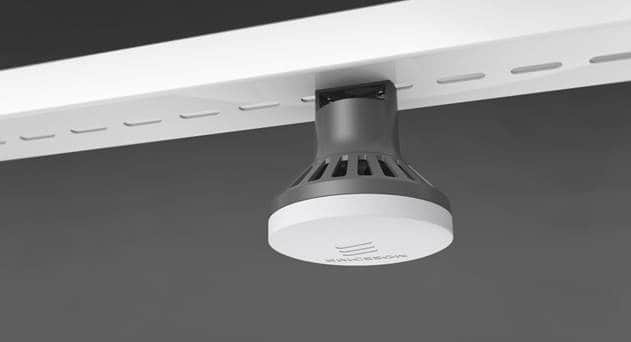Telstra has partnered with Ericsson to deploy indoor and outdoor small cells in its 4G LTE network. The Operator is leveraging Ericsson Radio Dot System and Pico Cell RBS 6402 solutions.
Adding small cells will help increase coverage and enhance user experience in Telstra's 4G LTE network, enabling Telstra to continue providing a high quality and reliable mobile broadband service to its customers, said Ericsson.
Telstra has already deployed small cells in 50 rural towns across Australia. The result has been greater coverage and improved broadband experience for residents and business in these towns. With this new agreement, Telstra can increase the small cell rollout across Australia.
According to Ericsson, small cells are complementary to macro sites and a great way to solve capacity and coverage problems in hotspots such as busy city squares, commercial streets, railway stations, hotels, shopping malls, offices and airports. Close coordination with the rest of the network is needed to maximize reuse of scarce spectrum and ensure quality of service.
By leveraging both Ericsson's macro and small cell solutions, Telstra will be able to achieve a highly coordinated elastic radio access network architecture, providing significant additional Carrier Aggregation and Coordinated Multi Point gains.
Mike Wright, Group Managing Director of Networks in Telstra Operations
The outdoor small cell deployment and indoor small cell solutions are the latest step in our ongoing strategic partnership with Ericsson.
Thomas Norén, Head of Product Area Network Products, Ericsson
By integrating small cells as part of the macro mobile network, operators can cost-effectively provide improved coverage. Coordinated, embedded small cells improve performance through frequency reuse, increasing both network data capacity and throughput without the need to split the available spectrum.




















